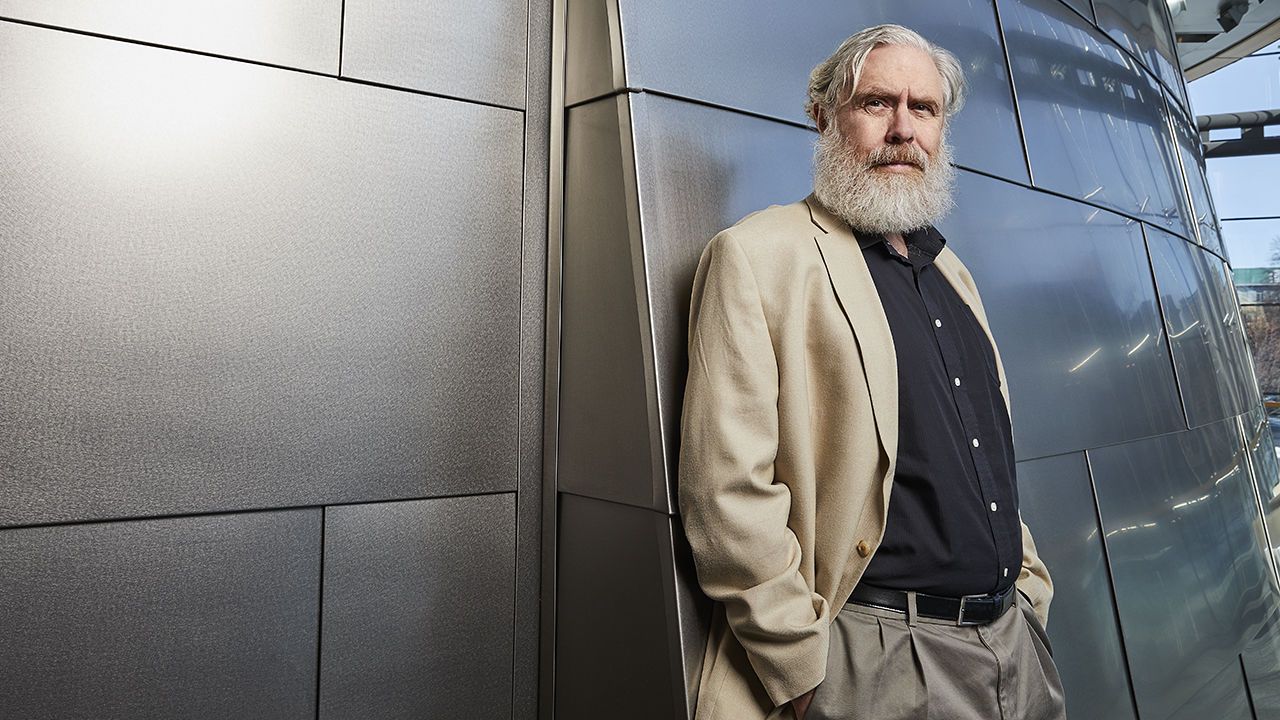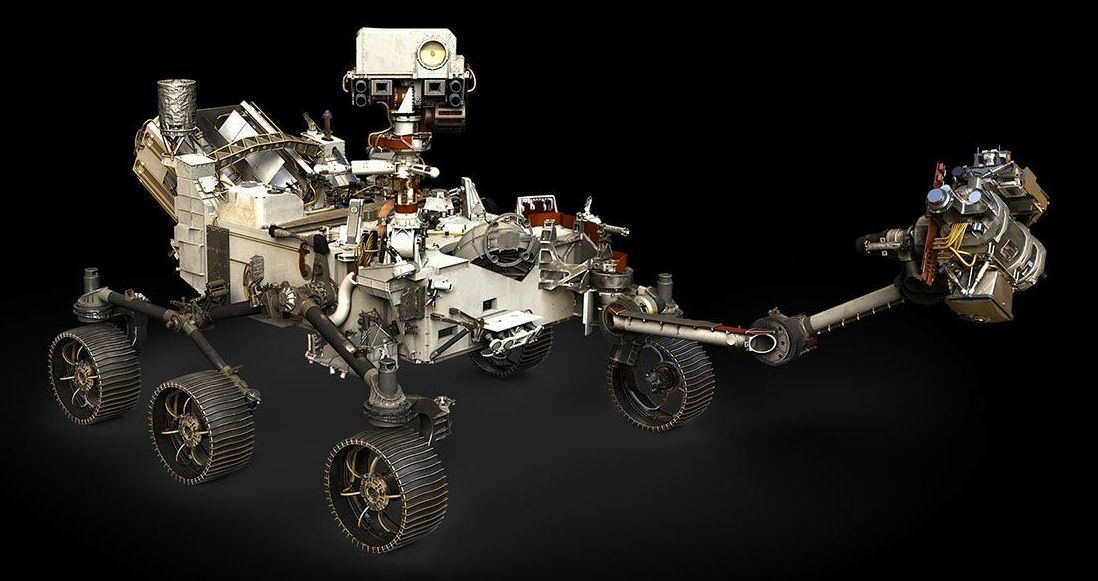Ordinarily, city officials only know about leaks in municipal water pipes once those leaks have become quite large and troublesome. A new artificial intelligence-based system, however, could catch such leaks much earlier – by listening for them.
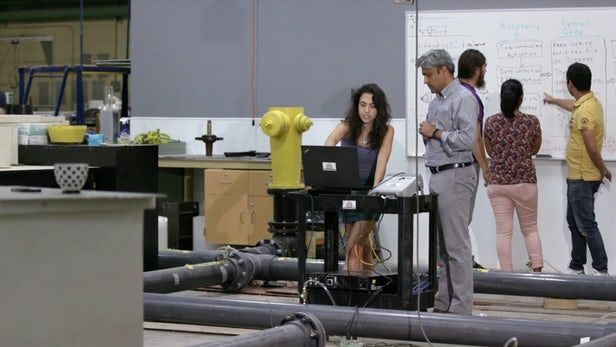

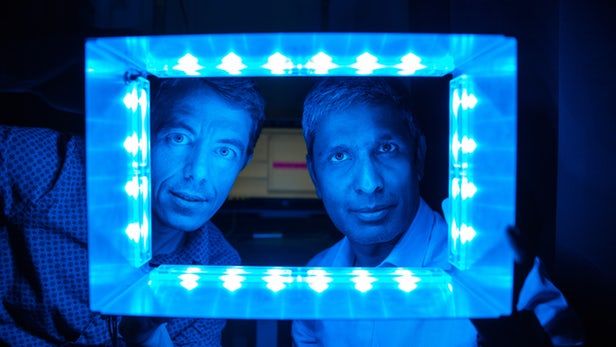
A remarkable study from researchers at the Salk Institute has uncovered a profound new insight into how our circadian rhythms are regulated through light-sensing mechanisms within our eyes. The research could lead to new ways to combat insomnia and help reset the internal clocks of people with disrupted circadian rhythms.

Giulio Prisco ‘s key point: “My first reaction to Satoshi’s white paper was like, here’s a possibly viable implementation of an internet currency independent of nation states, which can be used for online payments with strong privacy. My current description of bitcoin is exactly the same.”
Forget the ongoing bitcoin crash. Forget that you lost 80 percent of your crypto wealth since Christmas last year. If you HODL, Crypto Santa will make you filthy rich by Christmas next year.


It appears that researchers in China have facilitated the birth of the first “designer baby” – actually babies, twin girls who are supposedly genetically resistant to HIV.
The scientist who created the embryos, as well as some American scientists like Harvard’s George Church, have praised the beneficent intent to producing a child who is resistant to disease.
Who could argue with such good intentions?
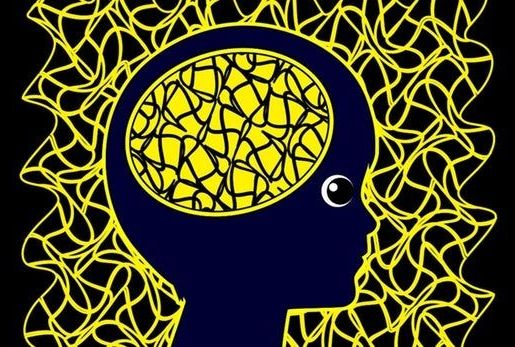
A landmark global study has, for the first time, homed in on 12 specific genomic regions associated with attention deficit hyperactivity disorder (ADHD). The research reveals the genetic underpinnings of this highly heritable condition and suggests this discovery is only a small part of the wider genetic puzzle that makes up ADHD.
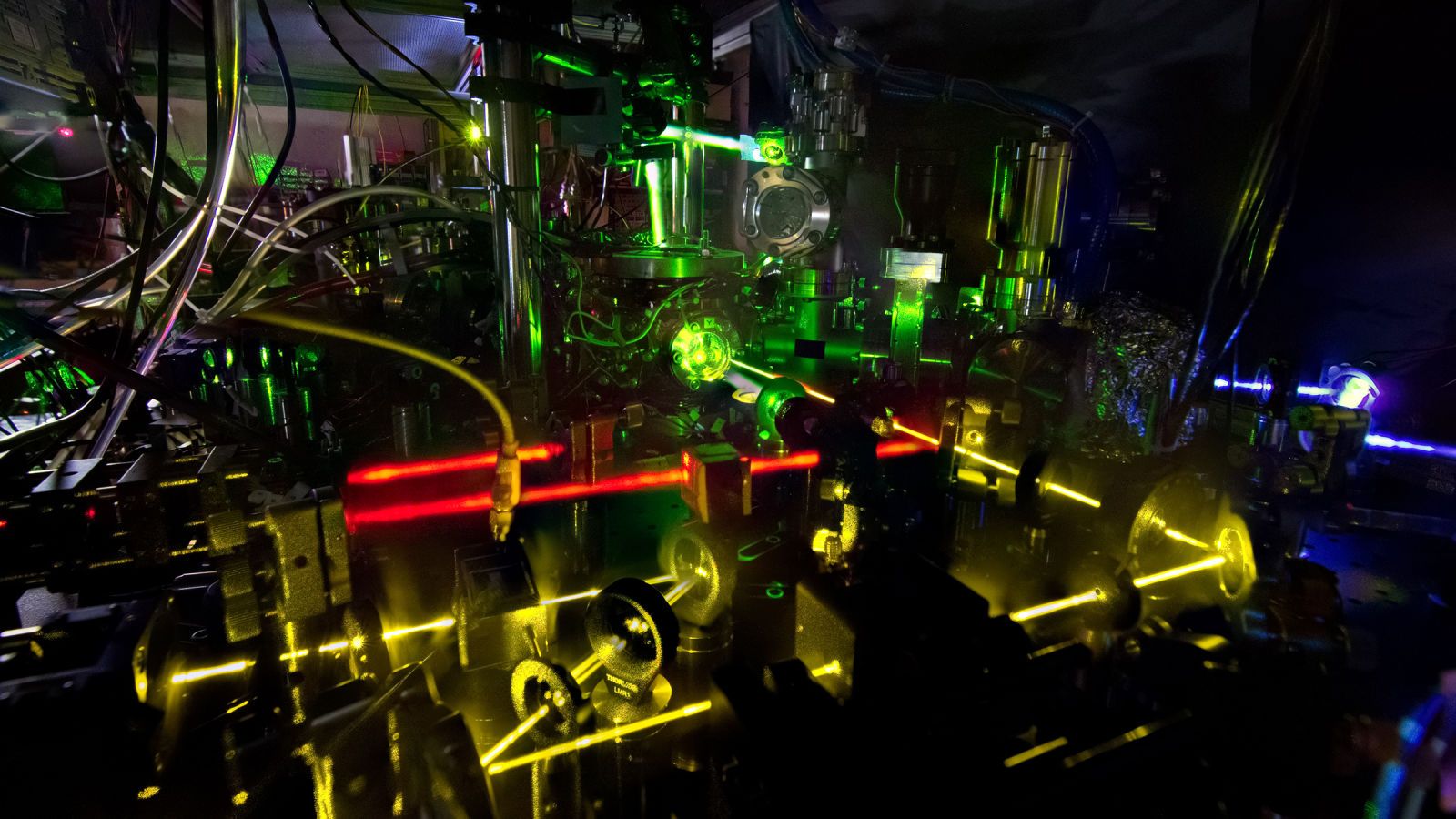
Physicists have created atomic clocks so precise that they can measure deformations in spacetime itself, according to new research.
We don’t all experience time passing equally—time passes more slowly closer to something massive’s gravitational pull, as famously theorized by Albert Einstein. And since gravity is typically interpreted as the way mass warps space itself, that means a precise-enough atomic clock could serve as a scientific tool for measuring how objects change the shape of their surrounding space.
